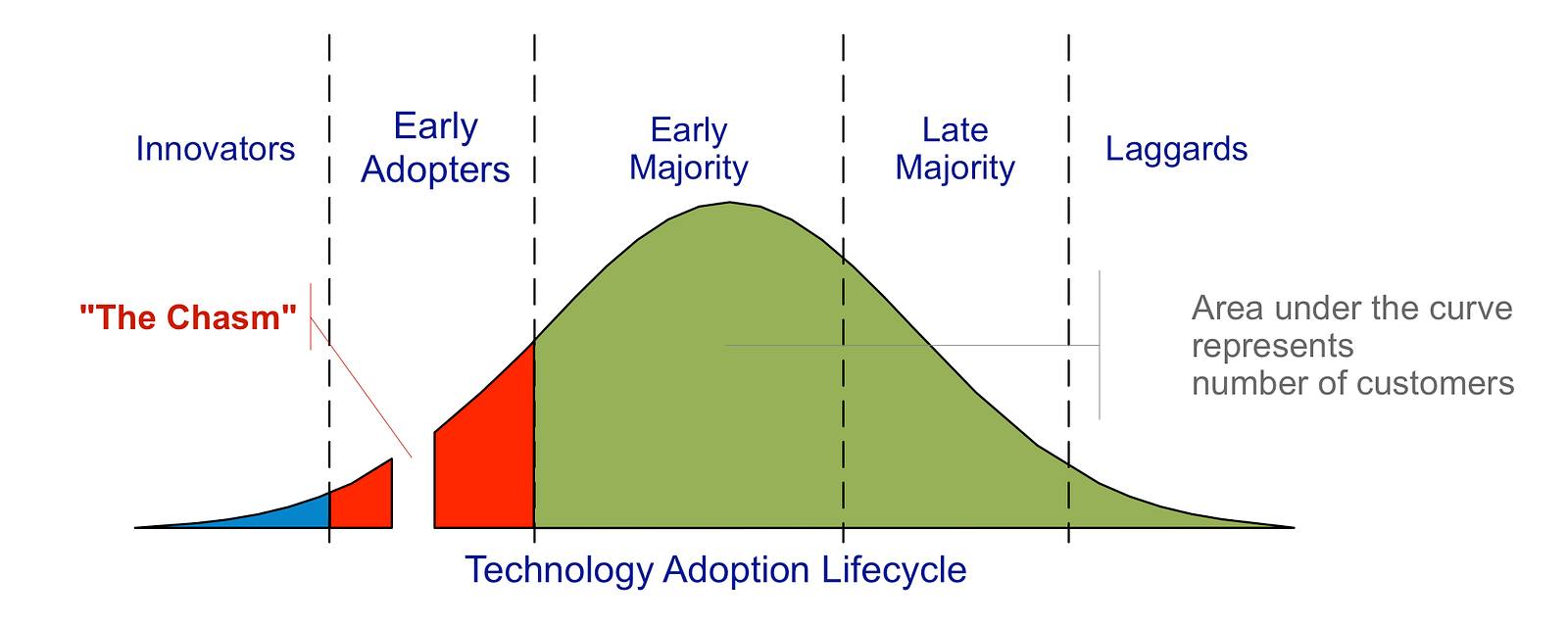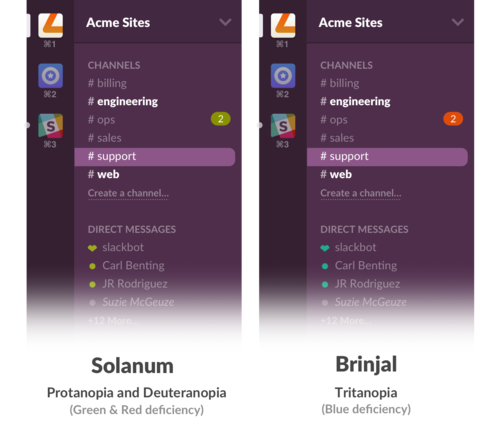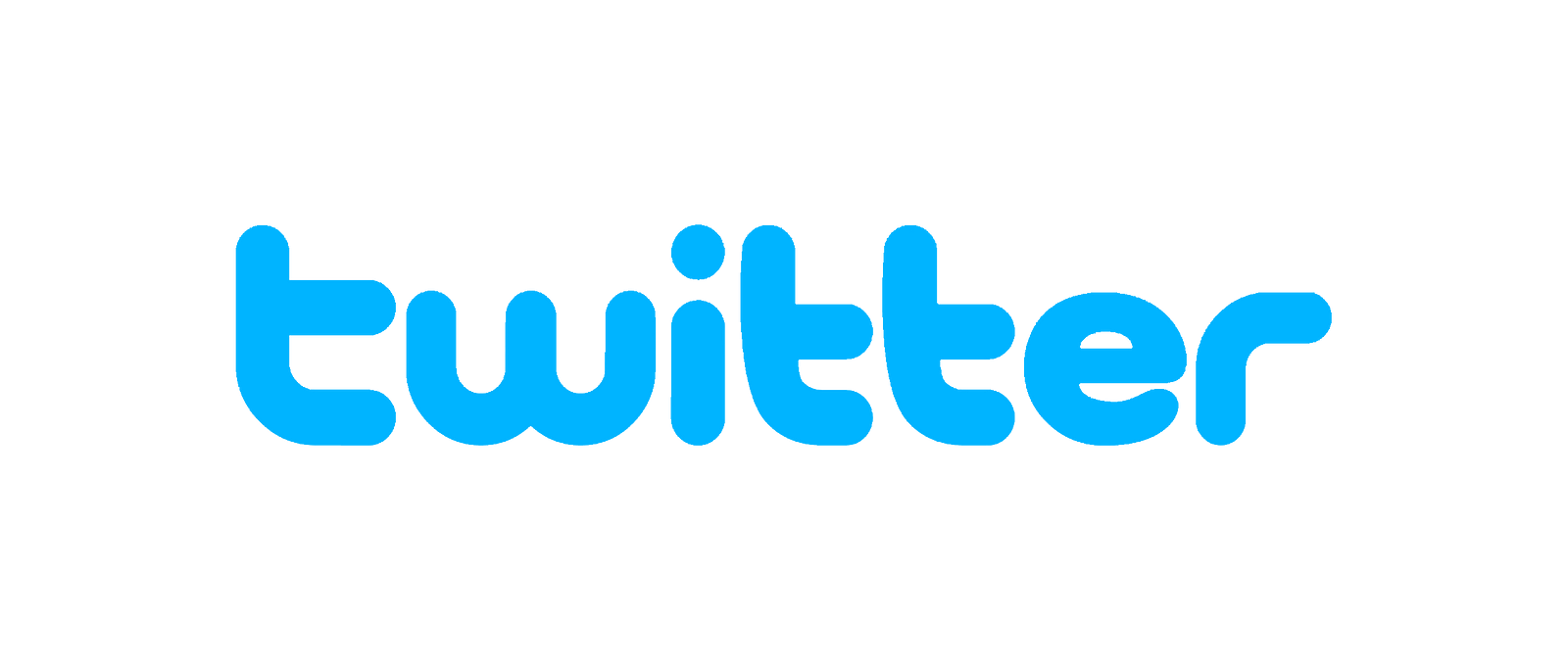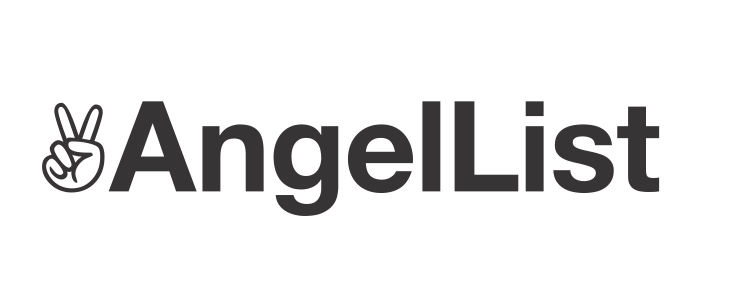Thinking of an idea and building an MVP is the easy part.
Building a product that people love and addresses a real market is hard.

Once a product is past MVP, there are many options for what to build next.
- Features
- Interface improvements
- Performance optimizations
How do you decide?
You can debate internally about the next most important project. Or, you can listen to your users.
This is something we’ve learned the hard way: If customers aren’t asking for it, they probably don’t want it.
That is why we believe in Customer Driven Development. We rely on our customers to drive our product roadmap. Here’s how we do it.
Developers must connect with customers
Everyone involved in building and launching a product should make choices in the best interest of the customers.
The only way for developers to build a product that is loved by its users is to deeply understand for whom they’re building the product.
Kayak famously had a direct hotline for customer support, called the red phone. Every engineer was responsible for helping customers out.
Wufoo is also well known for their customer support. They actively share all support emails with every team member.
Customers are always right
Figuring our what users will love requires a keen awareness of their needs.
Slack recently rolled out “color-blindness” support for users that couldn’t see their Slack dashboard properly, based on customer feedback.

Understanding the why allows for knowledge of the core problem, which makes designing a product roadmap much easier.
Don’t ignore feedback
It’s easy to forget how overwhelming a service can be to a new user. There’s new functionality to learn and a new interface to understand.
Forgetting this can lead to alienating customers and accidentally building overly complex products that users stop loving.
We’re inspired by companies like Zappos who place extreme importance on customer support and happiness.
Here are a few tools we rely on to help us connect with customers.
Intercom
Messaging and support, plus customer segmentation!

Tweetdeck
Chat, support, press… all in a single micro-blogging platform.

GitHub
Pull requests and community comments on bug fixes.

AngelList
Customer exhibit and funding information for credibility.

ReadMe
Documentation and a user forum.

Hotjar
User research (recordings).

Medium
Blogging and social tools that link with our audience on Twitter.

Beyond all the tools and processes you can use, the true key to building a great product, is remembering why you are building it: to solve a real problem for real customers… so listen to what they have to say.
One thing that we’ve noticed them saying is that they want to use the product in their native language. Luckily, we’ve built an app for that!




